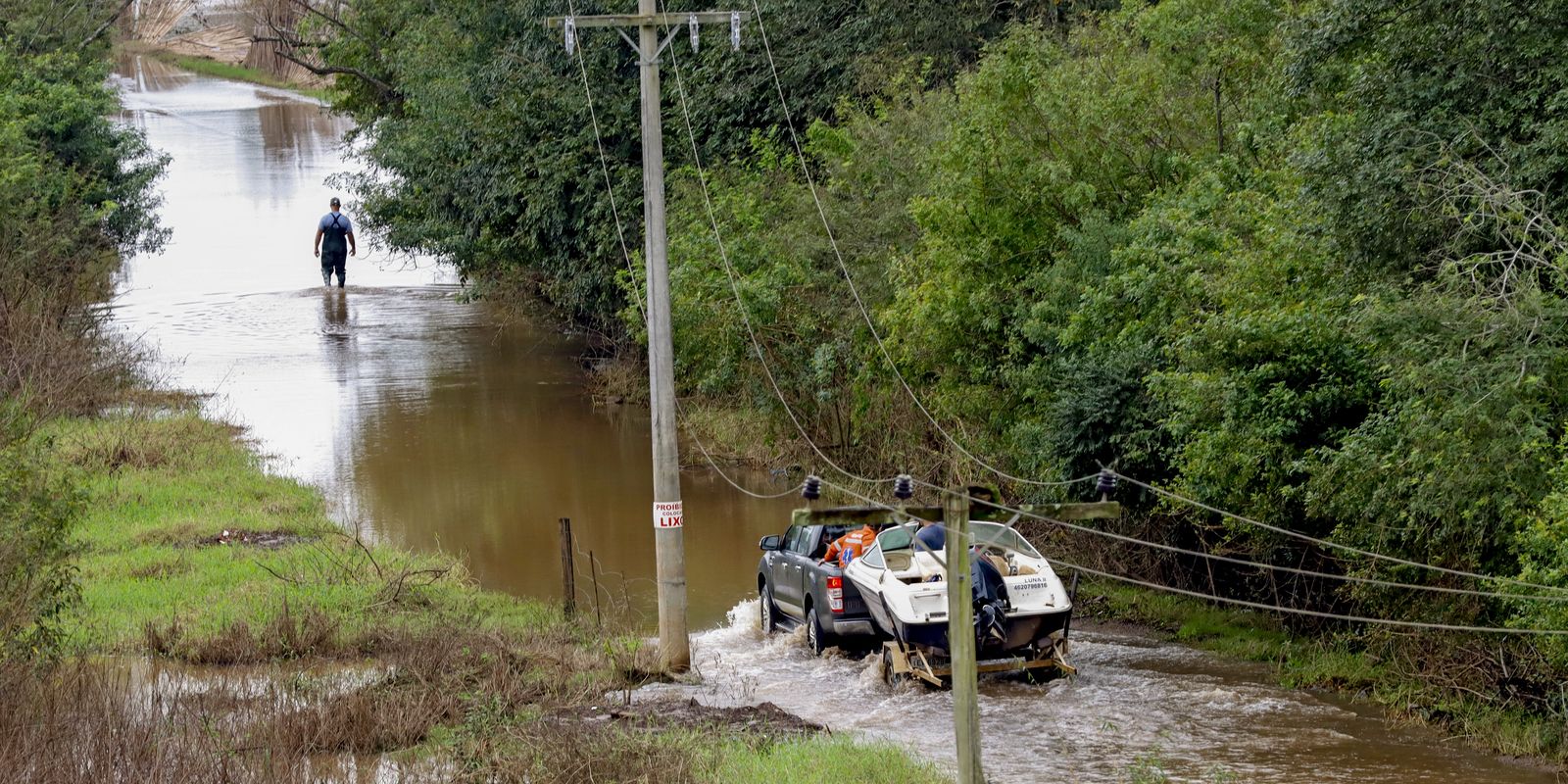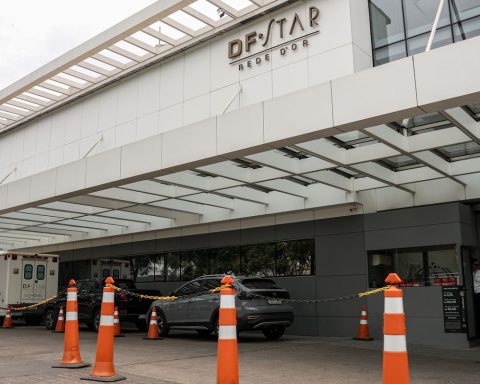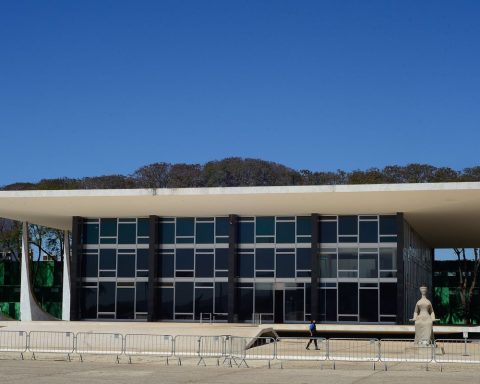The Inter-American Development Bank (IDB) delivered, this Thursday (28), to the Ministry of Integration and Regional Development (MDR), in Brasília, the report Assessment of the Effects and Impacts of Floods in Rio Grande do Sul – November 2024. The survey makes strategic recommendations for the resilient recovery of areas affected by the heavy rains that hit the state in April and May this year.
The IDB report was produced jointly with the Economic Commission for Latin America and the Caribbean (ECLAC) and the World Bank Group, in partnership with several entities of the United Nations System.
Impacts
The joint study estimates the effects of floods in Rio Grande do Sul’s municipalities in 2024 at R$88.9 billion, of which 69% (R$61 billion) corresponds to the productive sector, 21% to social sectors (R$19 billion); 8% to infrastructure (R$7 billion); and 1.8% to the environment (R$ 1.6 billion).
The calculation was made using the international methodology known as Damage and Loss Assessment (DaLA) for disasters, developed by ECLAC.
Regarding the impacts projected for 2024 – caused by the public calamity situation – on the Gross Domestic Product (GDP) of Rio Grande do Sul, the forecast was for a decline in economic activity of (-) 1.3%.
The president of the Inter-American Development Bank, Ilan Goldfajn, also highlights the reaction of public authorities to contain the economic impacts of the floods. “An effort was made that managed to reduce the cost by 1.1% of Gaucho’s GDP. We estimate damage at R$88.9 billion with effects on almost the entire production structure.”
“Note that, if the federal government had not acted with transfers to people and allocation of resources to state and municipal governments, the impact would have been 2.4% on GDP. In other words, these actions reduced the impact of the disaster by 1.1% on GDP”, states the report.
Job
In relation to employment, the disaster caused could result in a reduction of 432 thousand jobs in the state in 2024, the equivalent of a 7.3% drop in the total number of people employed in the first quarter of the year.
The document also predicts that workers’ remuneration will decrease, in 2024, by around R$3.22 billion (0.5% of GDP) and taxes on production net of subsidies will decrease by R$89.3 million (0.5% of GDP) 01% of GDP).
Upon receiving the report from the three main international organizations operating in Latin America and the Caribbean, the Minister of Integration and Regional Development, Waldez Góes, notes that some economic sectors were much faster in the process of resuming activities and that others will still take time a little more to recover. “That’s part of how intense this disaster was.”
Recommendations
Goldfajn highlights that institutions need to be prepared for similar situations. “We have several recommendations going forward: early warning, resilient structure, which prevents flooding and protects the most vulnerable. The government is already working towards this, thinking about the future, because we are going to have more disasters.”
In the short term, the document recommends security actions:
prioritize the reconstruction of resilient structures to face floods and minimize their negative impacts, for example, levees with a consistent height and efficient pumping and drainage systems;
flood control works to protect the population in risk areas, such as retention basins and retaining walls.
improve early warning and emergency management systems;
reconstruction that also increases job creation, especially for more vulnerable populations;
updating maps of risk areas and defining regions where homes should not be built again;
formalization of a state technical-scientific body to identify disaster risks.
Medium-term suggestions include:
maintaining risk management as a long-term public policy and formalizing a technical-scientific body to identify risks
strengthening coordination between bodies from different spheres of government and different municipalities with a focus on risk management
updating master plans that consider the possibility that local infrastructure could be overloaded in the event of flooding.
The Minister of Regional Development, Waldez Góes, recalled that the federal government is already mobilized in the reconstruction of Rio Grande do Sul since immediate and urgent actions were necessary, such as aid and protection of affected people, guarantee of Reconstruction Aid, and reestablishment of services . For the minister, the time is now to move forward with protective infrastructure works. “President Lula, when recommending that we act in response, highlighted that we should also be firm in guaranteeing prevention, definitively, for Rio Grande do Sul. And he made resources available for these agendas”.
In May this year, at the height of the climate crisis, the Inter-American Development Bank announced a credit line of R$5.5 billion in new loans and contracts being negotiated for the reconstruction of the state.















